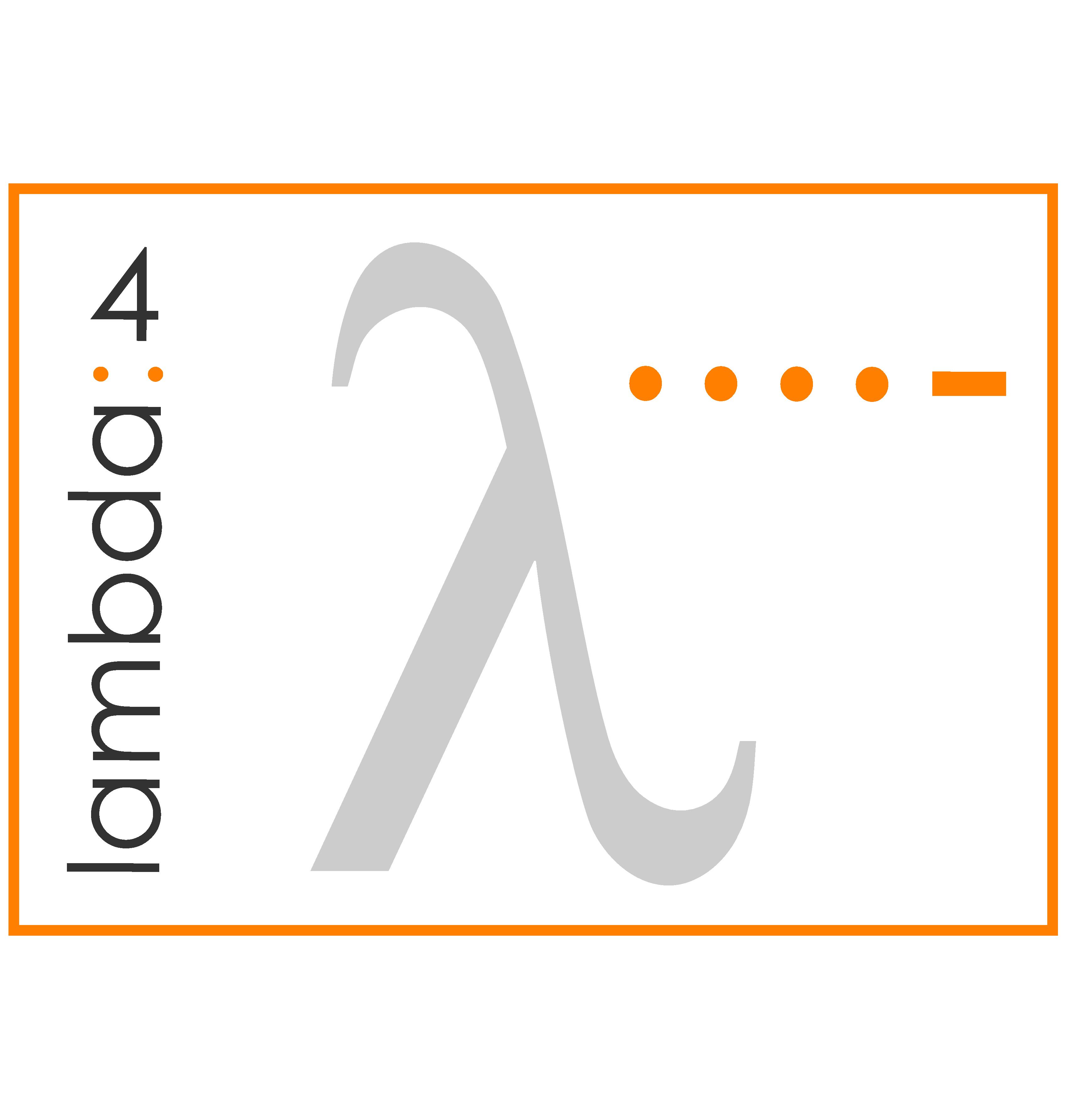|
Team name
iLocPlus
|

|
|
Corresponding author
Stefan Knauth
|
|
Affiliation
Stuttgart University of Applied Sciences and iHomeLab, Lucerne
|
|
Abstract
iLocPlus is an ultrasound ranging based indoor localization system based on the iLoc system of the iHomeLab laboratory. For example, the system can be used for visitor tracking: Visitors get an electronic name badge comprising an ultrasound transmitter. This badge can be localized with an average accuracy of less than 10 cm deviation in its spatial position, by means of reference nodes distributed in the lab rooms. The iLocPlus system is a further development of the iLoc system. iLoc among others received a 3rd prize at the 2011 EvAAL localization competition performed at the CIAMI Living Lab, Valencia. iLocPlus specifically addresses AAL scenarios, where besides a high accuracy also low installation effort and cost is important. Therefore iLocPlus reference nodes operate wireless. Node positions are self-determined with respect to at least three given reference locations.
|
|
Team name
CPS Group @ Utah
|

|
|
Corresponding author
Maurizio Bocca
|
|
Affiliation
University of Utah, Salt Lake City, USA
|
|
Abstract
Radio frequency (RF) sensor networks are wireless sensor networks (WSNs) which use only the received signal strength (RSS) to perform tasks such as device-free localization (DFL) and tracking of individuals. In these systems, people to be located do not participate in the localization effort by carrying any radio device or sensor. Instead, a static deployed wireless network measures RSS on its links and locates people based on the variations caused by the movements of people in the monitored area. In this paper, we present features and functioning of an RF sensor network deployed in a home for indoor localization and tracking for ambient assisted living (AAL). Our system is composed of low-power IEEE 802.15.4 transceivers, operating in the 2.4 GHz ISM band, that collect and process RSS data in real-time and estimate the locations of people over time.
|
|
Team name
CAR
|

|
|
Corresponding author
Antonio Ramón Jiménez Ruiz
|
|
Affiliation
Centre for Automation and Robotics (CAR), Spain
|
|
Abstract
This paper presents an indoor localization system that is based on the fusion of two complementary technologies: 1) Inertial integration and 2) RFID trilateration. The Inertial solution uses an IMU (Inertial Measurement Unit) mounted on the foot of the person. The IMU approach generates a very accurate estimate of the user’s trajectory shape (limited by the drift in yaw), however, being a dead-reckoning method, it requires an initialization in position and orientation to provide absolute positioning. The IMU-based system is updated at 100 Hz and is always available. The RFID-based localization system provides the absolute position using the Received Signal Strength (RSS) from several long-range active tags installed in the building. Since the transmitted RF signals are subject to many propagation artifacts (reflections, absorption,...), we use a probabilistic RSS- to-Range model and a Kalman filter. The output of both IMU- and RFID-based methods are integrated into a fused position estimation. The fusion is done with an adaptive fitting of both IMU and RFID trajectories. The integrated solution provides: absolute positioning information, an static accuracy of about 2.3 m for persons at fixed positions, a smooth trajectory for moving persons with a dynamic positioning accuracy of 1.1 m, a 100% availability, and a real-time update rate up to 100 Hz.
|
|
Team name
LOCOSmotion
|

|
|
Corresponding author
Ngewi Fet
|
|
Affiliation
University of Duisburg-Essen, Germany
|
|
Abstract
Pervasive computing envisions seamless and distraction-free support for tasks by means of context-aware applications. Location information is a key component in many context-aware applications. In most cases, however, location information is gathered by means of GPS signals which are not readily available in indoor environments. Consequently, the use of GPS is not suitable for most Ambient Assisted Living scenarios. This paper describes the deployment and design of LOCOSmotion, an acceleration-assisted wlan-based tracking system. Similar to many other systems, the basis of LOCOSmotion is WLAN-based fingerprinting as proposed by RADAR. To achieve high update rates, it augments fingerprinting with acceleration measurements to capture movement.
|
|
Team name
Grupo TAIS
|

|
|
Corresponding author
A. Verónica Medina
|
|
Affiliation
University of Sevilla , Spain
|
|
Abstract
This paper presents an indoor position system protoype based on BitCloud Stack, a full-featured ZigBee Compliant, second generation embedded software stack from Atmel.
|
|
Team name
OwlPS
|
|
|
Corresponding author
Philippe Canalda
|
|
Affiliation
Institute Femto-st, France
|
|
Abstract
Since 2004, our team was developing academic positioning system (PS for short) for dash environment. The technics involved are mainly Wi-Fi based. When, at the very beginning the system architecture were terminal centric, since 2008 it becomes infrastructure centric, reducing the application part to be embed in any Mobile Terminal (MT), focusing on intrusive or not localization or illicit use of wireless network. Last year, we have presented the OwlPS version 1.2 and the auto- calibration functionality which reduces at the minimum the RSSI fingerprinting phase.
This year, the system proposed is enriched with, first of all dynamic changes exploitation, that means not only the last up-to-date RSSI- fingerprinting calibration, but also the instantaneous RSSI variation due mainly to human presence. There in, the lost of line of sight between Wi- Fi Access Points (AP for short) and MT, or the abnormal attenuation of signal strength between various references points configured dynamically the K-angle-weighted neighborhood algorithm proposed. Second, the RSSI cartography models the orientation of MT and the relative positioning of human. Third a tuning of OwlPS system development kit is performed in off-line phase. It makes use of a 3D dimensioning tool placing N-APs according to a GDOP_RSSI n-losses criteria and COST- 231 propagation model. It also makes use of smartphone Android-based functionalities to calibrate on-demand AOI reference points.
|
|
Team name
Smart-Condo
|
|
|
Corresponding author
Julia Vlasenko
|
|
Affiliation
University of Alberta, Canada
|
|
Abstract
The term “Smart Home” refers to a home that has both a set of sensors to observe the environment and the actions of its occupants, and a set of actuators to automatically control home devices to improve the occupants’ experience. A Smart Home has the potential to provide a variety of services based on information gleaned by the data recorded by various types of sensors. Our work in the Smart-Condo project has been motivated by health- care concerns; we aim to support people with chronic conditions to live independently longer. In this paper, we describe at a high level the Smart-Condo middleware architecture, focusing on its occupant-localization feature.
|
|
Guest Team name
Lambda4
|

|
|
Corresponding author
Rönne Reimann, Arne Bestmann, Mirjam Ernst
|
|
Affiliation
Lambda:4 Entwicklungen GmbH, Germany
|
|
Abstract
Localization within buildings is a demand-ing task. The principles of a radio technology are de-scribed, which allow to determine direction and distance between a transponder and a receiver. Such information can be determined by performing phase measurements based on mathematical methods such as MUSIC for ex-ample. Results from field tests conducted with several prototypes have demonstrated the efficiency of this tech-nology indoors as well as outdoors. The demo-application „ArgusNetViewer“ shows the localization results in a position plan in a graphical representation and provides an exhaustive protocol. For AAL, such information can be used in the localization process
|
|